Ganesh Chaturthi, also called Vinayaka Chaturthi, in Hinduism, 10-day festival marking the birth of the elephant-headed deity Ganesha, the god of prosperity and wisdom. It begins on the fourth day (chaturthi) of the month of Bhadrapada (August–September), the sixth month of the Hindu calendar.
Ganesh Chaturthi assumed the nature of a gala public celebration when the Maratha ruler Shivaji (c. 1630–80) used it to encourage nationalist sentiment among his subjects, who were fighting the Mughals. In 1893, when the British banned political assemblies, the festival was revived by the Indian nationalist leader Bal Gangadhar Tilak. Today the festival is celebrated in Hindu communities worldwide and is particularly popular in Maharashtra and parts of western India.
Ganesha is known as the God of wealth, sciences, knowledge, wisdom and prosperity, and that’s why most Hindus remember him and seek his blessings before starting any important work. Lord Ganesh is known by 108 different names like Gajanana, Vinayaka, Vighnaharta among others.
This festival is celebrated with great devotion and joy by Hindus throughout the world. In India, it is majorly celebrated in states including Maharashtra, Gujarat, Goa, Madhya Pradesh, Karnataka, and Telangana.
It is believed that devotees who pray to Ganesha are able to fulfil their wishes and desires. So, the main essence of Ganesh Chaturthi is that devotees who pray to him are set free of sins and it leads them on the path of knowledge and wisdom.
Historically, the festival has been celebrated since the time of King Shivaji. It was during India’s freedom struggle that Lokmanya Tilak changed Ganesh Chaturthi from a private celebration to a grand public festival where people from all castes of the society can come together, pray and be united.
Over the years with growing environmental awareness, people have started celebrating Ganesh Chaturthi in an environmentally friendly way. This includes—getting Ganesha idols made of natural clay/ mitti and using only flowers and natural items for decorating the pandals.
There are four main rituals which are performed during the 10-day long festival. They are namely—Pranapratishhtha, Shhodashopachara, Uttarpuja, and Ganpati Visarjan.
The excitement of Ganesh Chaturthi settles in weeks before the festival actually begins. Artisans start preparing clay idols of Ganesha in different poses and sizesThe Ganesha
People celebrate by singing or playing religious songs, dancing to drum beats and by lighting up fireworks—all of which add to the festive mood.
The Uttarpuja ritual is then performed which is about bidding farewell to Ganesha with deep respect. This is followed by Ganpati Visarjan, a ceremony wherein the statue is now immersed in water. While carrying the statue to the sea and while immersing it, people generally chant in the Marathi language ‘Ganapati Bappa Morya, Purchya Varshi Laukariya’ which means ‘Goodbye Lord, please come back next year’.
While some devotees celebrate this festival at home, others pay their visit to Lord Ganesha at public pandals. People offer their due respect, prayers and offerings to Ganesha. Dishes like Lord Ganesha’s favourite Modak, Pooran Poli, and Karanji are prepared for friends, family and visitors.
At YCEMS campus we celebrated on 16th of sep ,2023 , learners made activities like modak making, lotus , mushak , paper garland etc .
Yashwanthrao Chavan English medium CBSE School celebrated Ganesh chathurti with all the team auspiciously.
2
October

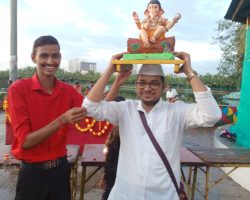
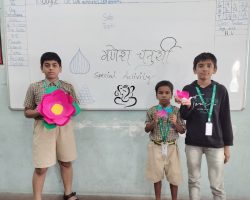
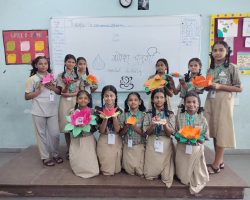
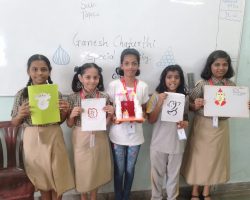
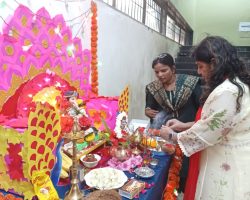
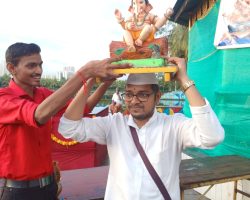

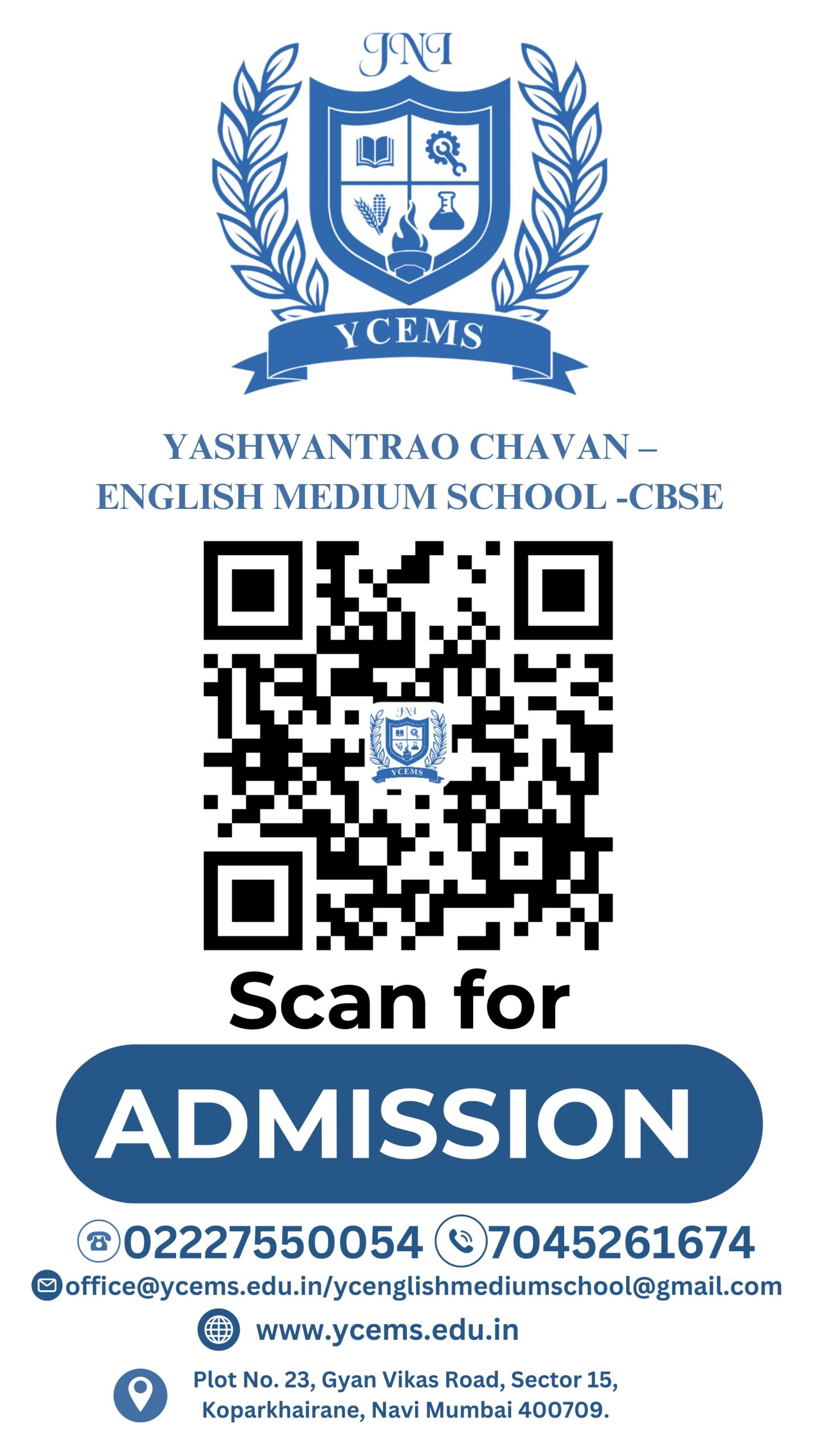

Today, Stake Casino has become a favoured site for Indian players. To enter the official website, simply use the trusted access page here — Play high RTP slots at Stake Casino India 2025 and win big
. It’s the safest method to begin. With a massive game library, a smooth interface, and local transaction options, the casino stands out in the online gaming space. “Play live dealer tables and earn instant rewards today!”
In addition, Stake consistently updates features to enhance gameplay for Indian users, offering smoother navigation and better accessibility across devices.
Stake Sign-Up for Indian users | Simple Guide
Signing up at Stake is very simple, allowing new users to begin your gaming journey within minutes. Just follow the access point through the link provided above, then select Join Now, fill in your details, verify your account, and finally add funds to grab your welcome bonus.
“Join in under 60 seconds and claim your welcome offer!”
If you prefer mobile use, Stake’s registration also works smoothly on smartphones, so you can complete the process anytime.
Stake IN Promotions | Claim Rewarding Benefits
The initial promotion is among the main reasons new users choose Stake. Players from India can instantly get extra funds with offers tailored for the local audience.
• Welcome Bonus Package — Enjoy extra funds up to 10,000 INR.
• Free Spins Offers — Play with extra rounds on selected games.
• VIP & Loyalty Program — Earn points for each bet, then unlock exclusive perks.
“Grab a 100% bonus to play more games!”
Stake also provides seasonal and festival promotions specifically for Indian users, giving extra chances to earn rewards.
Now, Stake Casino has become a popular choice for gamblers in India. To securely access the platform, simply follow the verified gateway here — Experience Top Casino Games with Stake Casino India Bonuses
. It’s the safest method to begin. With a diverse selection of slots, a hassle-free layout, and local transaction options, the casino remains a leader in the online gaming space. “Enjoy live dealer tables and earn instant rewards instantly!”
In addition, Stake consistently updates features to enhance gameplay for Indian users, offering smoother navigation and better accessibility across devices.
Stake Sign-Up for Indian users | Simple Setup
Registering at Stake is lightning-fast, allowing Indian players to begin your gaming journey within minutes. Just follow the access point through the trusted entry mentioned earlier, then click the Sign Up button, fill in your details, confirm your email, and finally add funds to unlock the platform.
“Create your account fast and claim your welcome offer!”
If you prefer mobile use, Stake’s registration also works smoothly on smartphones, so you can complete the process anytime.
Stake Offers for Indian Players | Claim Rewarding Benefits
The initial promotion is among the main reasons new users choose Stake. Players from India can instantly increase their balance with offers tailored for the local audience.
• Welcome Bonus Package — Get a 100% match up to the maximum bonus limit.
• Free Spins Offers — Receive complimentary spins on top slots.
• VIP & Loyalty Program — Earn points for consistent play, then unlock exclusive perks.
“Double your first deposit to explore the casino!”
Stake also provides seasonal and festival promotions specifically for Indian users, giving extra chances to earn rewards.